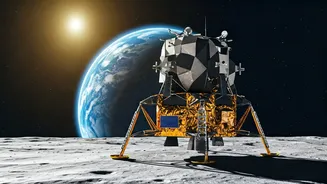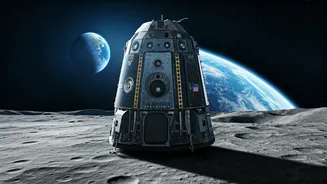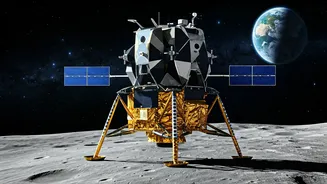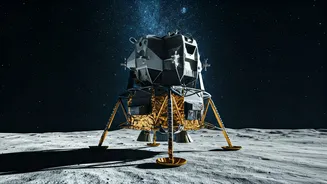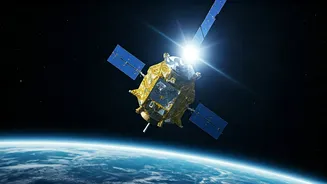Chandrayaan-4's Genesis
Chandrayaan-4 has been given the green light, and is a crucial part of India's space program. Scheduled for 2028, this mission is designed to bring lunar
samples back to Earth. This is a bold move, intended to directly challenge the space exploration dominance of both the United States and China. The project underscores India's dedication to advancing its space capabilities, with the intention of showcasing technological prowess on a global stage. The success of Chandrayaan-4 will boost India's ability to examine extraterrestrial materials, providing insights for future research and missions, particularly those focused on the long-term exploration of the Moon.
The 2040 Moon Goal
Building upon its recent lunar successes, India is also looking towards the future. The ultimate ambition of the Indian Space Research Organisation (ISRO) is to have Indian astronauts walk on the Moon by 2040. This bold initiative is not just a technological challenge, but a statement of India’s aspirations in the space sector. It involves developing advanced technologies and spacecraft capable of supporting human missions. This dream requires international cooperation. These include collaborations to establish lunar infrastructure and habitats, including the research on lunar resources, with the objective of turning the Moon into a base for further space exploration.
Gaganyaan's Path Forward
Alongside the lunar missions, India's Gaganyaan project is still going strong. The human spaceflight program is on track for 2027, with Indian astronauts set to venture into space. This significant step will demonstrate India's ability to launch and support crewed missions, improving its global stature and strengthening its space capabilities. The mission involves the development of a spacecraft, launch systems, and astronaut training programs. It also prepares India for future, more intricate and extensive human spaceflights. The Gaganyaan program is key to India's vision of becoming a leading space power.
